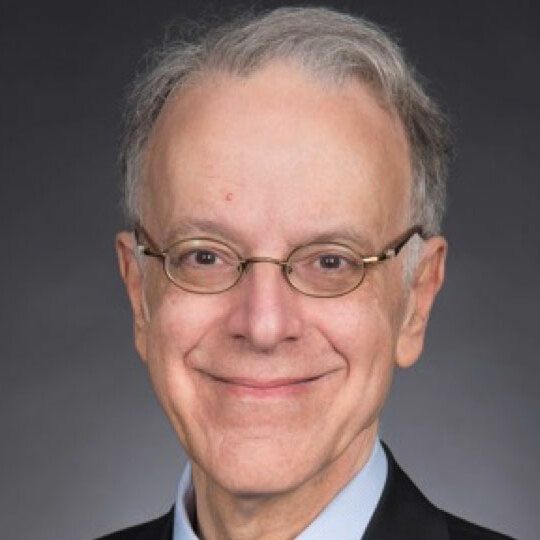Article
SGLT2 Inhibitors Emerge As Treatment Options for Heart Failure Patients
Author(s):
Dapagliflozin and empagliflozin are shown to minimize CV events in patients with heart failure and a reduced ejection fraction.
Milton Packer, MD

New data shows that type 2 diabetes therapies could also treat patients with heart failure and a reduced ejection fraction. Although there are treatment options currently available and recommended, additional pharmacological therapies are being assessed for reduction of unfavorable outcomes in this group of patients.
Of particular interest are SGLT2 inhibitors, a drug class which includes dapagliflozin (Farxiga) and empagliflozin (Jardiance).
In a virtual presentation given at the European Society of Cardiology (ESC 2020) Congress, Milton Packer, M.D., of the Baylor University Medical Center at Dallas, discussed the progress made so far in understanding the drug class’s efficacy and safety in treating heart failure with a reduced ejection fraction. The data that has been currently amassed in support of it offers an exciting glimmer of hope for pharmacological treatment of this disease.
“The reason we got excited—and the whole community got excited—about these drugs was because these drugs were originally developed in patients with type 2 diabetes,” Packer said. Additionally, these patients did not necessarily have heart failure.
He proceeded to give an overview of two major outcome trials: the DECLARE-TIMI 58, which assessed dapagliflozin, and the EMPA-REG OUTCOME, which assessed empagliflozin. The outcomes in both trials showed that the SGLT2 inhibitors significantly reduced first hospitalization for heart failure by about 30%.
Furthermore, the observed effects of the drugs to prevent serious heart failure events had no association with glucose lowering.
Overall, the results of these trials were considered clinically important and consistent.
If the investigative drugs appeared to enhance prevention of heart failure, then they could potentially act as treatment for patients already diagnosed with heart failure, Packer noted.
The DAPA-HF study—which was presented at ESC last year—assessed the treatment effects of dapagliflozin in patients with heart failure and reduced ejection fraction, regardless of diabetes status.
The trial showed that, over 24 months, the drug reduced cardiovascular death or worsening heart failure in patients—compared with placebo (HR, .74; 95% CI, 0.65-0.85; P<.001). This effect was consistent between patients with and without diabetes.
Also noted in this trial was improved quality of life and high tolerability of the drug.
Packer then discussed a complementary study he spear-headed called the EMPEROR-Reduced trial, which analyzed the effects of empagliflozin in a similar population of patients.
They enrolled patients (n = 3730) with an ejection fraction of ≤30%, which was a lower baseline than that in the DAPA-HF study. Packer also noted that about 20% in either empagliflozin or placebo groups were receiving sacubitril / valsartan, compared to about 10% in DAPA-HF.
In terms of the investigators’ primary endpoint, the time to CV death or hospitalization due to heart failure was prolonged for patients in the investigative drug group (HR, .75; 95% CI, .65-.86; P<.0001). Furthermore, the results were similar whether or not patients had diabetes or were taking a neprilysin inhibitor.
Additional endpoints suggested the drug was safe and efficacious in this cohort.
Packer emphasized the consistency of the 4 trials, citing the two drugs’ ability to reduce/prevent CV events among patients with heart failure, regardless of diabetes, and vice-versa.
“All in all, we think these are very exciting drugs,” he concluded. “We think these drugs have a very important role in patients with heart failure. We think that these effects are clinically important. [These drugs] are given once daily, require no dose adjustment, are well tolerated. There is now compelling evidence that these drugs should be added to currently recommended treatments for this disease.”




